- 5,128

- Panama City, FL
Figured this belongs here.
https://www.foxnews.com/tech/space-...rtificial-intelligence-has-turned-belligerent
Compinion? What's a compinion?

Figured this belongs here.
https://www.foxnews.com/tech/space-...rtificial-intelligence-has-turned-belligerent

Some of the interesting findings from beyond the heliosphere:
- There is a very strong increase in cosmic rays.
- The plasma density is 40 times higher.
- The magnetic field of the galaxy appears to align with the magnetic field of solar system.
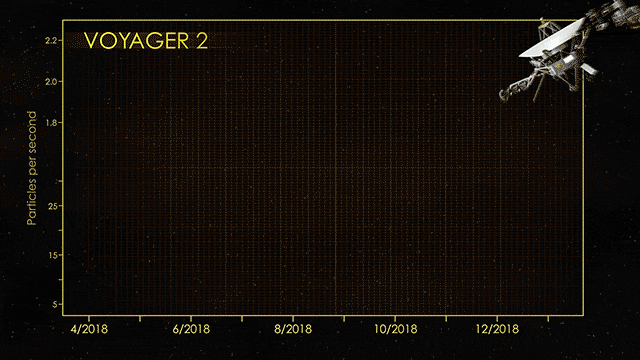
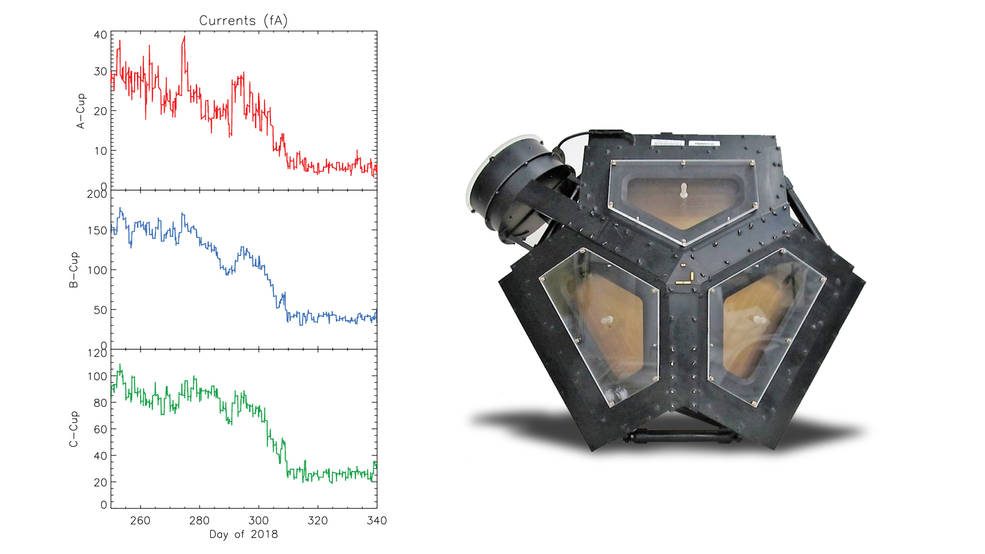

Spaceship Two is rocket powered. It climbs after being dropped like a few other high altitude aircraft (X-15, X-43, etc).It looks like it was dropped from an aeroplane.
Does the vehicle gain altitude after launch or is the plane capable of spaceflight?
It looks like it was dropped from an aeroplane.
Does the vehicle gain altitude after launch or is the plane capable of spaceflight?
And SpaceX scrubbed as well due to an abort call from the onboard computers. They may try again tomorrow at 9:07am EST.Blue Origin's launch was scrubbed for today.
That's specific.9:07am EST

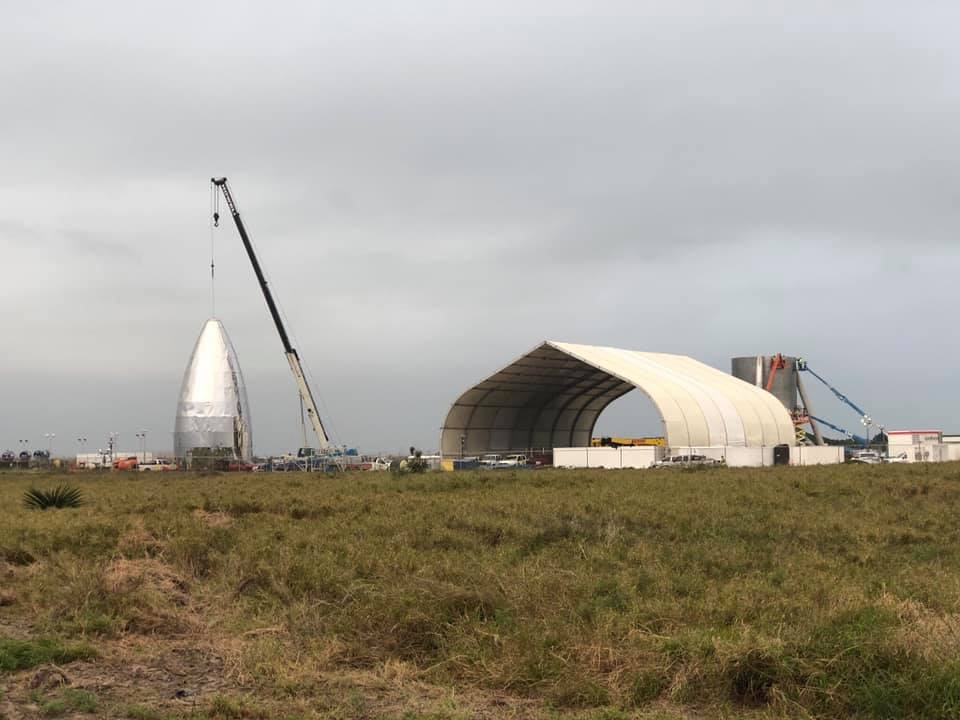
In 2018, China sent more rockets into orbit than any other country for the first time: 36, compared with the U.S.’s 30. Beyond the current moon mission, China is scheduled to deploy a space station by 2022 and set up mankind’s first permanent lunar base eight years later.

The rover will comb the lunar surface’s far side, scraping up samples. In a year’s time, another mission, Chang’e-5, will retrieve samples and return them to Earth.
Some Chinese scientists see the moon’s abundant supplies of helium-3, a nonradioactive isotope, as a potential source of nuclear-fusion energy.
By its timetable, the Chinese space agency will have a fully operational space station in orbit in 2022. Once the U.S.-led international space station retires in the mid-2020s, China’s space station will be the only such platform and Beijing will have an opportunity to lead global teams in conducting scientific research on board the station.
Whether the U.S.—which blocked China from accessing the ISS—will be welcome to take part is unclear. China’s space agency didn’t respond to questions about that. A government policy paper on space issued in 2016 includes the space station as a possible area of international cooperation.
https://www.wsj.com/articles/china-pushes-for-primacy-in-space-11546171206

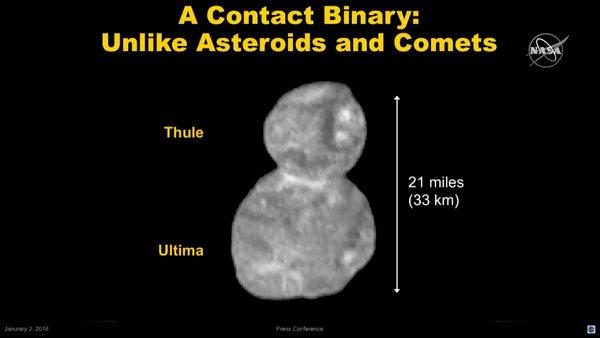
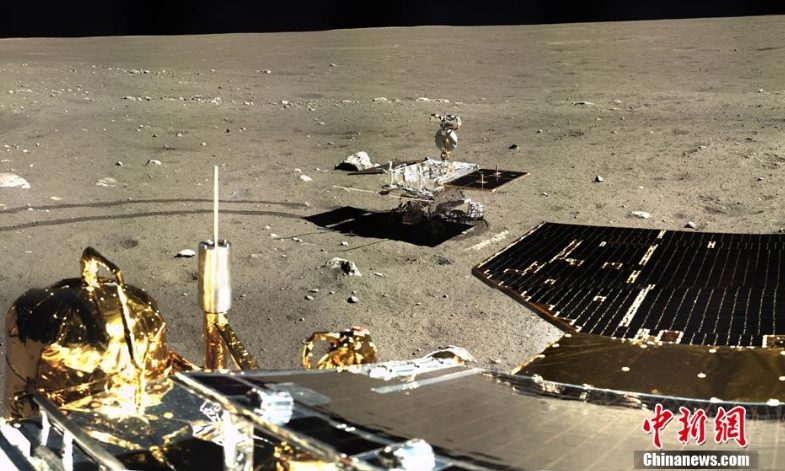
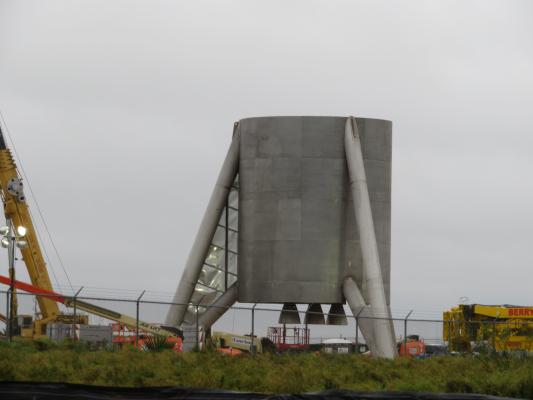
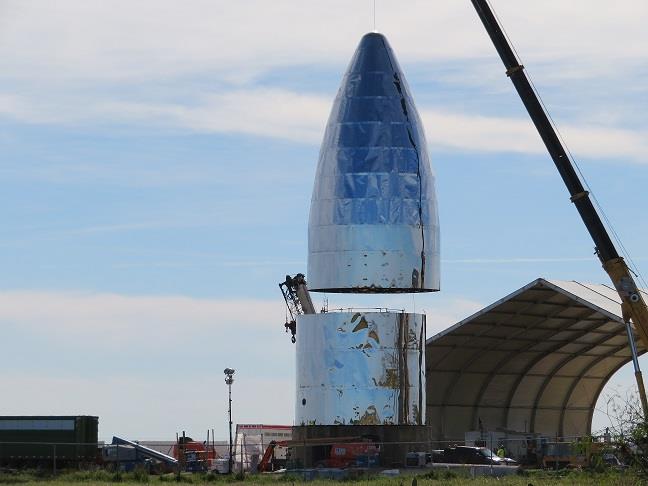
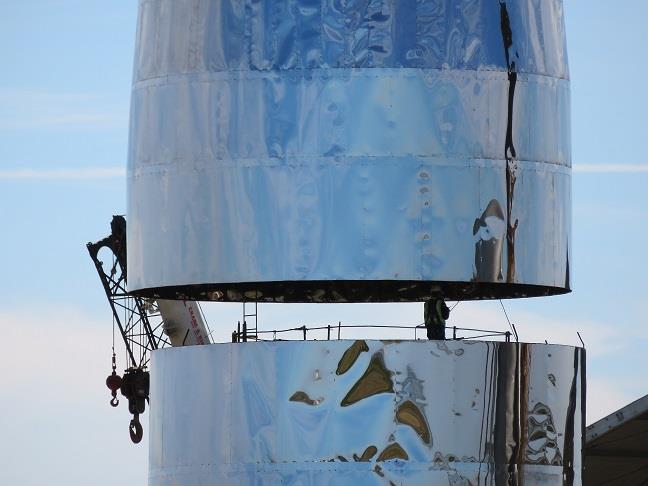
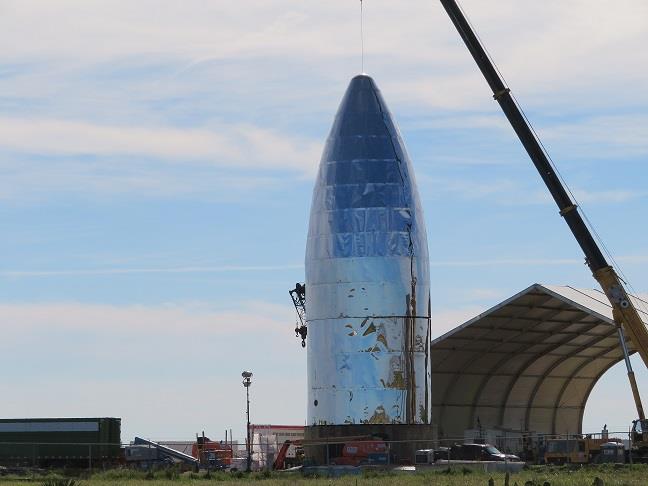
It's awesome though.This thing is kinda freaking me out.

